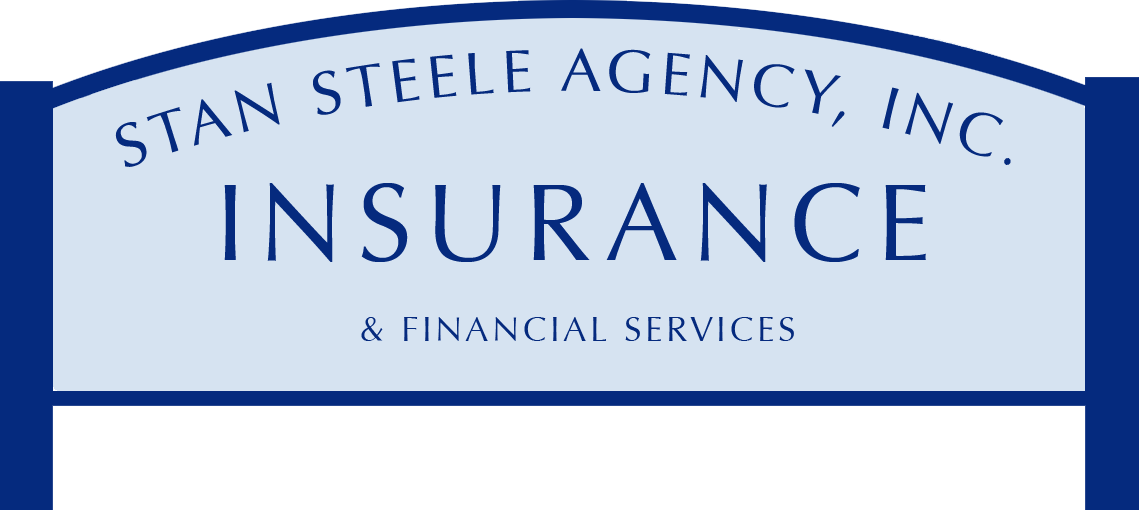Homeowner's Insurance

Farm owners and home owners originally banded together to share in the cost of insuring their properties. Everyone that wanted to participate in the group would join the group by buying a policy. At the end of the year the total amount of claim payments was calculated and the group members were assessed a premium based on their representative exposure to the group. These policies typically covered fire. Fire insurance gained in popularity and became more widely adopted.
As it happened, there arose circumstances which caused significant financial loss in other areas besides fire. Some had trees blow over on to their house, or hail damage that destroyed a barn. Insurers found that there was a market demand for policies that would cover more types of claims than just fire.
Even the most basic policies today are much more advanced than the first policies that got the ball rolling for the property insurance industry. Now there are a myriad of choices when selecting a policy. Here is what you need to know about homeowner's insurance in order to make an informed decision:
1. What's The Form?
Many companies have banded together to create standards to meet the interests of
a. standards bodies like your state department of financial services & insurance
b. insurance policyholders looking to make a comparison between companies
c. claims handling can be consistent when dealing with two companies that share a common form.
There are a few levels of Base forms. A property insurance policy will use one base form that is the starting point for the entire insurance contract. You can add other forms on top of it. One way to visualize it is to think of it like a trip to the ice cream parlor. Some people prefer to keep it simple and order a single scoop of vanilla ice cream. The most simple homeowner's policy will be like that single vanilla scoop. You have a few options that can be added on top, like sprinkles. They are like additional forms that are added to the base form.
Here is a high level overview:
Form 1 "Basic Form"
As the name implies, this form only covers the basics. Some basic form policies only cover fire damage.
Some people get two scoops of ice cream. They remind me of the people who want more out of their insurance program and who choose the Broad form (form 2). Like the basic form, you can add toppings in the form of extra policy forms that modify the insurance contract adding features and benefits that help the policy to respond to situations in a way that you prefer. Kind of like adding chocolate syrup.
The best homes qualify for the banana split - the "special form" or form 3 coverage. It stands above the other policies. Three scoops of ice cream over top of ripe split bananas. Chocolate syrup, peanuts, whipped cream, and even a cherry on top. The special form policy differs from forms 1 and 2 in a key way. Forms 1 and 2 are called named perils policies. They ONLY cover the types of claims that are specifically listed on the policy. The special form is not a named peril policy. It is a different breed altogether, called a named exclusion policy. It covers all types of claims you might imagine! The policy does name a few types of claims that cannot be insured for. These are called exclusions. That's how this type of form earned its name. It names the exclusions in the policy. Unless the loss is listed in the list of exclusions, the insurer will agree that coverage applies. A list of common exclusions in special form policies is:
- Intentional Acts (you can't damage your home on purpose, or perform an action that a reasonable person would expect to cause damage to your home, and then expect the insurance company to pay for the damage)
- Flood (due to the complex nature of floods, this peril is excluded under a homeowner's policy and can be purchased separately with flood insurance)
- Earthquake (some insurers offer the option to add earthquake coverage to your policy)
- Animal Damage (damage caused by insects, birds, rodents, or even house pets)
There are sub-limits on certain types of property. You will select a base form, coverage limit for the house, a valuation type (RC or ACV), & a deductible.
How much coverage? How to choose the right limits (and what type?)
What's covered- perils and exclusions
An incomplete list of Coverage options - water backup, earthquake, Identity fraud, debris removal, mold, scheduled personal property
selecting a deductible
Deductibles exist because insurance is designed for those infrequent, catastrophic financial losses that would occur in the absence of insurance. Some people treat it as a maintenance policy and instead of fixing small problems, they wait until small problems turn into big ones, and then expect the insurer to cover it. A deductible is a way for you to share in the cost of any losses and helps you have some skin in the game - an incentive to avoid placing small claims. The higher a deductible you choose, the lower the premium will be.
In order to give policyholders options to reduce premiums and make insurance more affordable, they offer you the choice of one deductible out of several choices. I have found that many people make this determination without pausing to consider the financial impact that might result from their choice.
For those that I have had the privilege of writing a new policy or reviewing an older one, many who stop to consider the alternatives actually opt to raise deductibles from $250 or $500 up to $1,000 or $2,500. Over the course of several years, they enjoy keeping a significant amount of premium in their pocket.
How is my rate calculated?
Protection from fire
Dating back to the roots of property insurance, fire was one of the most destructive forces that property owners feared. Once started, a fire was very difficult to extinguish without some of the modern firefighting technology we have available today. In order to make insurance more affordable to those with the lowest risk of fire, one significant component that is used to offer different rates to different policyholders is the Fire Protection Class often referred to in short form as Protection Class.
The short definition is that the closer you are to the fire department and a fire hydrant, the better. The distance (in miles) from a responding fire department and distance (in feet) from a fire hydrant are used together to determine the fire protection classification. It may also be dependent on the fire department's Paid/volunteer status, the ISO Rating of the fire department, the capabilities and limitations of their equipment and staffing. The construction material used to build your home also plays a part in the rate determination. Because brick homes have greater fire resistance, they are less expensive to insure than a wood frame home.
Insurance Score
Insurers gather a significant amount of data so that the actuaries they employ can study it and gain insights about the characteristics that predict how much the insurer needs to charge to expect to be able to remain in business. The data shows a statistically significant correlation that those with better credit scores have comparatively fewer claims and, on average, the claims are smaller and easier to handle. Many companies have a credit-based scoring system that offers better rates to policyholders that have a better credit profile.
Claim / Loss history
If you have had one or more loss events, whether or not covered by, or paid for by insurance, you may find that your eligibility for a policy program or discount may be affected. With each subsequent claim in recent history (typically looking back 5 years or fewer), the likelihood of a rate or eligibility impact increases.
Some carriers are more lenient when considering a claim that is associated with a catastrophic loss event, also known as a CAT. During certain circumstances - specifically when a large number of policyholders are affected by an extreme weather event confined within a geographic area, the insurer deems losses caused by the weather conditions as a catastrophe. CAT losses are widely viewed as an unavoidable loss, and are treated accordingly. If you see an increase in the cost of your insurance, or if the ability to renew your policy becomes jeopardized as a result of claim frequency or severity, it is probably not related to the cat claim.
special hazards
Insurers use data collected about the expenses generated by claims in an effort to find ways to help policyholders maintain a safe environment where claims are unlikely. To this end, you may pay less for insurance if your home is free from common claim causes, include:
- Trampoline
- Swimming pool
- Diving board
- Wood-burning stove
- Underground fuel tank
- Pets
- Business or farming on the premises
Naughty dogs and other hazards
There's a discount for that?
In the same way that a pool or trampoline could increase the likelihood of having certain types of claims, you will also find that you qualify for discounts based on safety features of your home. Ask your agent if you are receiving a credit on your premium for any of the following:
- Smoke detectors
- Deadbolt locks
- Fire extinguisher
- Sprinkler System
- Burglar Alarm
- Freeze Alarm
- Water Damage Alarm
- Nonsmoking home
Self Assessment:
When reading your policy, pay close attention to the list of covered perils and also the exclusions that apply to the coverage. If you see anything you don't understand, or if you feel a change is appropriate, it's important to notify your agent in writing. When you make this request, the agent should see if your request can be complied with and communicate with you. Ask yourself the following questions to make sure there will be no surprises:
- Does the insurance policy include coverage for the types of claims I expect I might encounter?
- Have I researched common types of claims for my situation and compared the list with my policy to make sure I have considered all of the possibilities?
- Have I taken all safety precautions to reduce the likelihood of a preventable claim? What more should I be doing?
- Are there any discounts that are offered on the policy, that I am not currently taking advantage of?
Important Information
This information is provided for general educational purposes only and does not constitute insurance advice or policy recommendations. Coverage features described are examples and may not be available in all policies or from all carriers. Actual coverage is subject to the terms, conditions, and exclusions of the policy as issued. Please consult with a licensed insurance professional to discuss your specific coverage needs and options. Stan Steele Agency is licensed in New York State.
